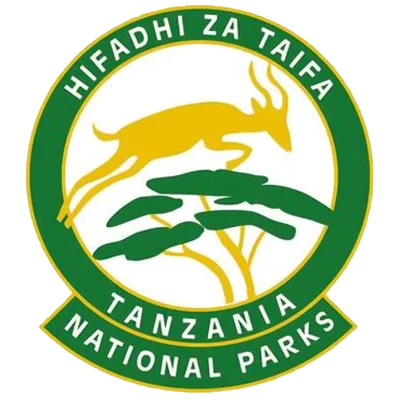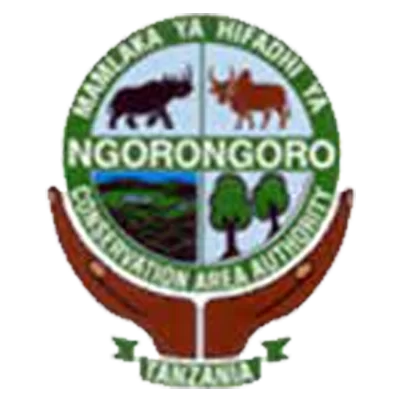RUAHA NATIONAL PARK
- Home
- »
- Ruaha National Park
RUAHA NATIONAL PARK
Ruaha National Park in the centre of Tanzania takes its name from the Hehe word for ‘river.’ The eponymous Great Ruaha River serves as a lifeline for the park’s wildlife. Although it’s one of the largest national parks in the country and rich in wildlife, Ruaha is one of the least busy places to visit in Tanzania, so safaris here feel remote and exclusive.
In the dry season, visitors can expect to see golden savannah studded with baobabs and misty hills stretching along the horizon. With the annual rains, the grasslands become lush green and the baobabs bloom.
Waterbuck, impala and gazelle come to the river to drink and predators are never far behind. You may spot a lion or leopard prowling watchfully along the banks, or cheetah lying in wait on the plains, while skulking jackals and hyena are on the lookout for an opportunity to catch their next meal.
Ruaha is easily combined with a Serengeti safari or Zanzibar beach break. It also partners well with the Selous.
Ruaha is a year-round destination, though birders may want to visit when the migratory birds are in the area and photographers, around the rains, when the landscape tends to be more photogenic.
February to April
For birders, the best time to visit Ruaha is during the long rains between February and April, when the migrant birds arrive. The wet season is a time when the park is at its lushest, with wildflowers peppering the rich, verdant grasslands. This is also an excellent time for landscape photographers to visit.
May to October
The long, dry season between June and October is the best time to see large mammals and big cats. As the rivers dry up, animals congregate around the remaining water sources, making them much easier to find. June is also the breeding season for the greater kudu, so you’ll see lots of males with their elegant, twisted horns.
November to January
This is the hottest time of year, but there’s good wildlife viewing as the animals are still active. It’s also the beginning of the rainy season. Visitors can expect hot, humid days and afternoon showers.
Ruaha Climate
Dry Season June to October – Max Temperature Range 25-30˚C/77-86˚F
Rainy Seasons November to January (short rains); February to April (long rains) – Min Temperature Range 12-17˚C/54-63˚F
Peak Of Wet Season February and March
Wildlife Species
Ruaha National Park is renowned for its excellent wildlife-sighting opportunities. Combined with the low numbers of visitors, this makes it a spectacular destination.
The wider Ruaha area hosts 10% of the world’s lion population and has been a Lion Conservation Unit since 2005. It’s not uncommon to find prides of more than 20 lions in the park. Leopards stalk the thicker woodland areas, while cheetahs can be found scanning the plains for prey. The wild dog is endangered, but Ruaha is home to almost 100 of them. There are healthy populations of hyenas and black-backed jackals too.
Elephants are seen in high densities during the dry season, when they gather around the dry riverbed to dig for water with their trunks and front feet. The park is also home to plentiful buffalo, zebra, giraffe, greater and lesser kudu, Lichtenstein’s hartebeest, waterbuck, bushbuck, and impala.
There are more than 570 species of birds, including the eponymous Ruaha red-billed hornbill. Migrant birds from Europe, Asia, Australia and Madagascar arrive during the rainy season between February and April.
Experience Adventure
Grab your stuff and let’s get lost.
We personalize our safaris according to our customers’ tastes and needs. Gecko combines luxury, style, service, and authenticity to provide a unique, exciting adventure and an unforgettable experience.








